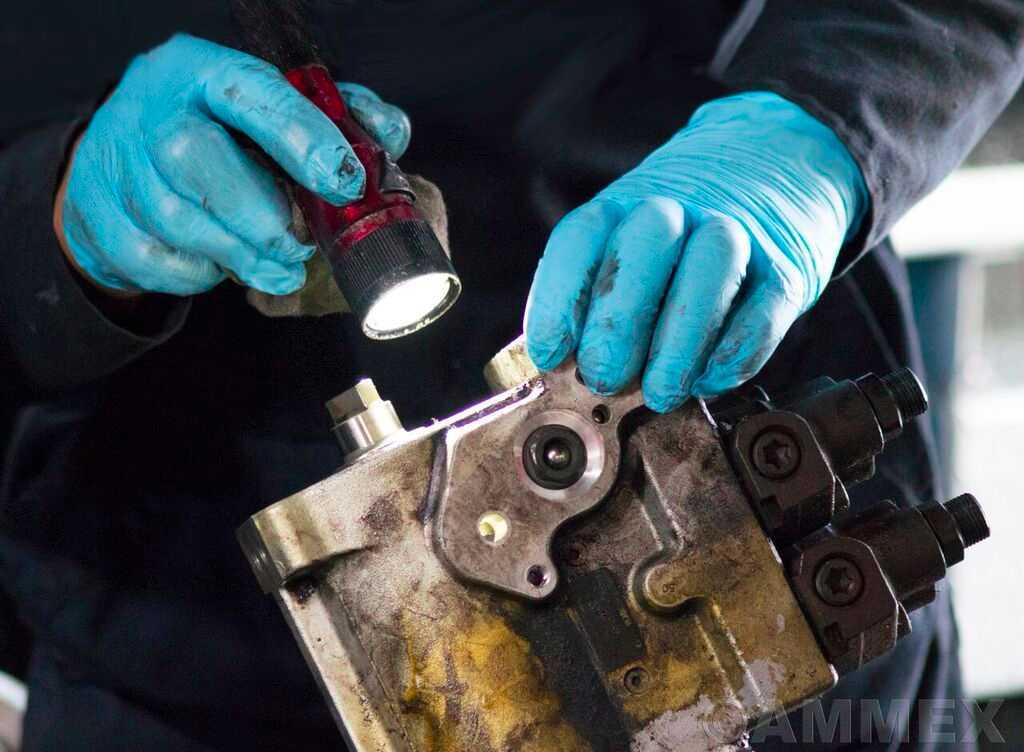When working with certain abrasive chemicals, you need to understand the chemical resistance in disposable gloves and the protection that particular glove materials offer. In addition, length of exposure, conditions and chemical concentration impact the performance of the glove.
Consider degradation and breakthrough time
Gloves are rated on how well they withstand exposure to a certain chemical. Though there is not a standardized test, strength is typically scored by exposing the material to a test chemical. As a glove degrades, it may swell, wrinkle, get stiff or change color. In general, degradation determines whether a glove material is a good fit for a specific application.
In addition to degradation, gloves must be tested for permeation and breakthrough time if a chemical causes specific degradation to latex, nitrile or vinyl. Breakthrough time is the length of time between the initial contact with a chemical and when residue is detected on the inner side of the glove, which indicates how long workers are able to safely where the glove for barrier protection. Permeation is the way a chemical passes through a material on a molecular level without entering through the gloves’ pores, pinholes or other visible openings.
“Nitrile gloves have superior chemical resistance against common chemicals as well as many specialty chemicals, such as water treatment chemicals or industrial cleaning compounds.”
Understanding the conditions of glove use
With any type of glove, the length of exposure and concentration of the chemical may determine how resistant it is. For any intended use, it’s crucial to do on-site testing with any gloves so workers know how to protect themselves, especially if the facility uses chemical mixtures. Gloves are often tested for resistance to one chemical, but they may not be rated against specific mixtures.
For instance, AMMEX Gloveworks Latex Gloves offer barrier protection for food service, health care, dentistry, janitorial and industrial applications. Latex gloves offer secure protection against a variety of chemicals, but latex breaks down over time with continued exposure to certain chemicals, such as ethyl acetate, paint remover and rubber solvent. Latex is resistant to acetone, which may make these gloves a good fit for nail salons, especially compared to other materials.
Nitrile gloves may be better suited for automotive applications because they are more resistant to many of the chemicals used in this type of work such as gasoline and brake fluid. However, for any glove choice, it’s crucial to consider the resistance to specific chemicals that are used on the job.






